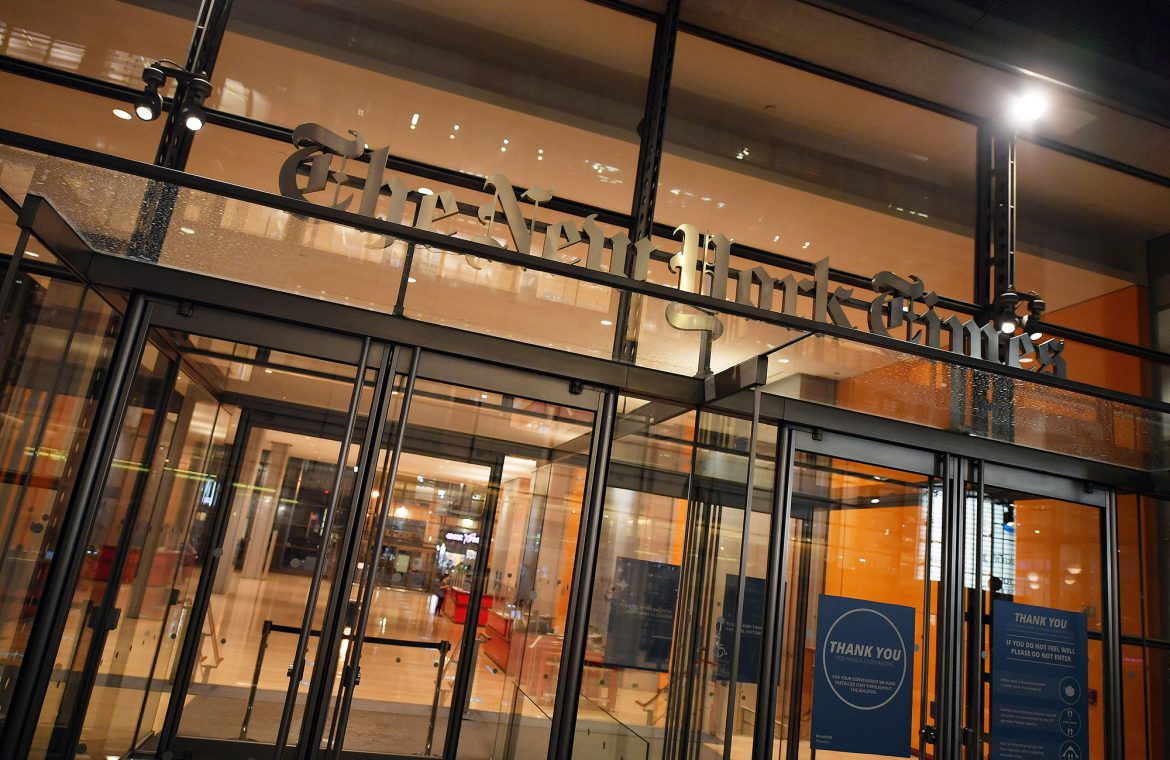[ad_1]
A reporter for The New York Times wrote Monday he was surprised to find America’s recovery from the coronavirus pandemic appears to be unfolding faster than experts initially anticipated.
In “A Dose of Optimism, as the Pandemic Rages On,” science and health reporter Donald G. McNeil Jr. argued the coronavirus death toll in the U.S., standing at around 250,000, is far below the initial 2.2 million Americans initially projected to die by mid-October.
“Since January, when I began covering the pandemic, I have been a consistently gloomy Cassandra, reporting on the catastrophe that experts saw coming: that the virus would go pandemic, that Americans were likely to die in large numbers, the national lockdown would last well beyond Easter and even past summer. No miracle cure was on the horizon; the record for developing a vaccine was four years,” McNeil wrote. “Events have moved faster than I thought possible. I have become cautiously optimistic. Experts are saying, with genuine confidence, that the pandemic in the United States will be over far sooner than they expected, possibly by the middle of next year.”
Citing a March 16 White House press briefing on the virus, McNeil recalled President Trump and the White House Coronavirus Task Force presenting their “15 Days to Slow the Spread” recommendations. They showed a chart from London’s Imperial College, which used a “sinuous blue line” to demonstrate what Dr. Deborah Birx called a “the blue mountain of deaths.”
McNeil argued the coronavirus death toll in the U.S. did not reach the 2.2 million marker because Americans’ behavior and attitudes toward combatting the virus largely evolved over the past few months, as more people accept social distancing measures as the norm. More people also have accepted the practice of wearing masks, especially since President Trump contracted the virus.
“In the day-to-day fights over reopening schools or bars, it is easy to forget that there was a time when the idea of canceling large public gatherings — the St. Patrick’s Day Parade, the N.C.A.A.’s March Madness basketball tournament — did not seem remotely necessary,” McNeil wrote. “That there was a time when leading health officials said that only sick people and hospital workers needed to wear masks.”
Pharmaceutical treatments for the disease have expanded, as antiviral drug remdesivir and steroids such as dexamethasone have proven effective in treating the virus, and those hospitalized are less likely to die from the disease.
Still, McNeil pointed out that infection rates were spiking in some states, and experts have been racing to develop vaccines and monoclonal antibodies – dubbed the medical “cavalry” to defeat the virus once and for all. Recent projections by Dr. Anthony Fauci estimated some 400,000 Americans could die from the coronavirus before the pandemic is anticipated to end by mid-2021.
To avoid the pandemic from relapsing, he urged Americans to follow Fauci’s advice to “hunker down.”
He also wrote that vaccine skepticism must fade, and that Congress must act to make the vaccine available around the world, as well as helping Americans recover economically from the virus.
[ad_2]
Source link








